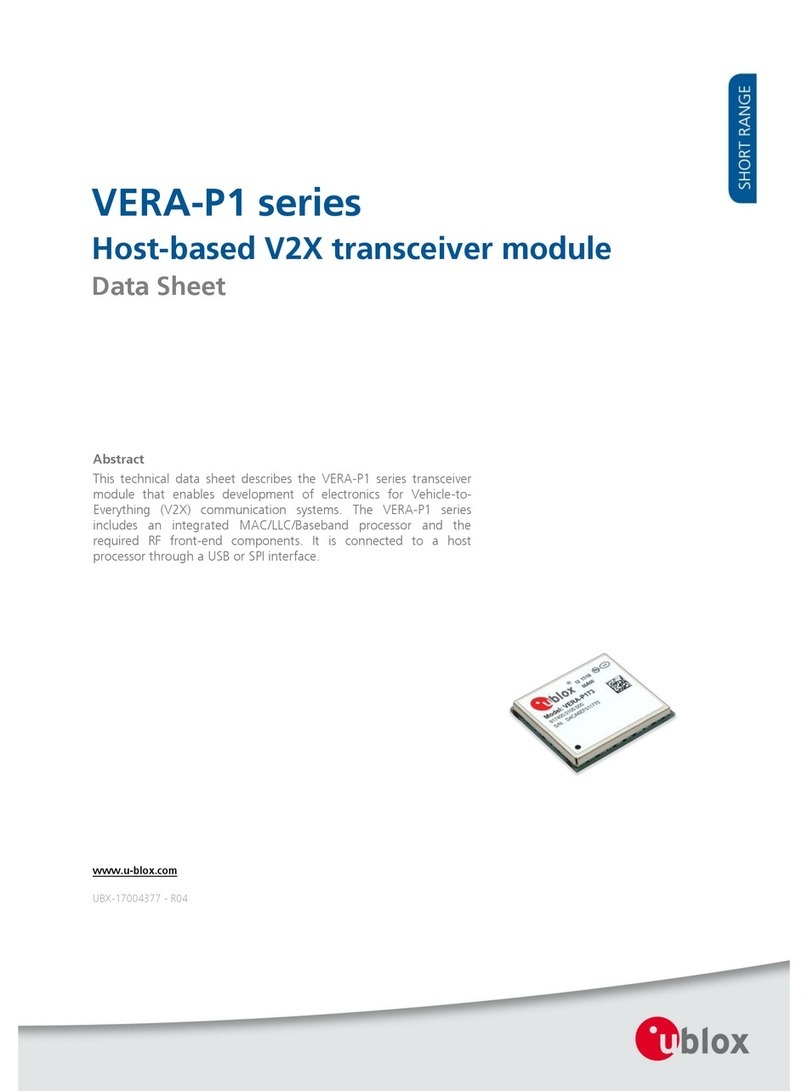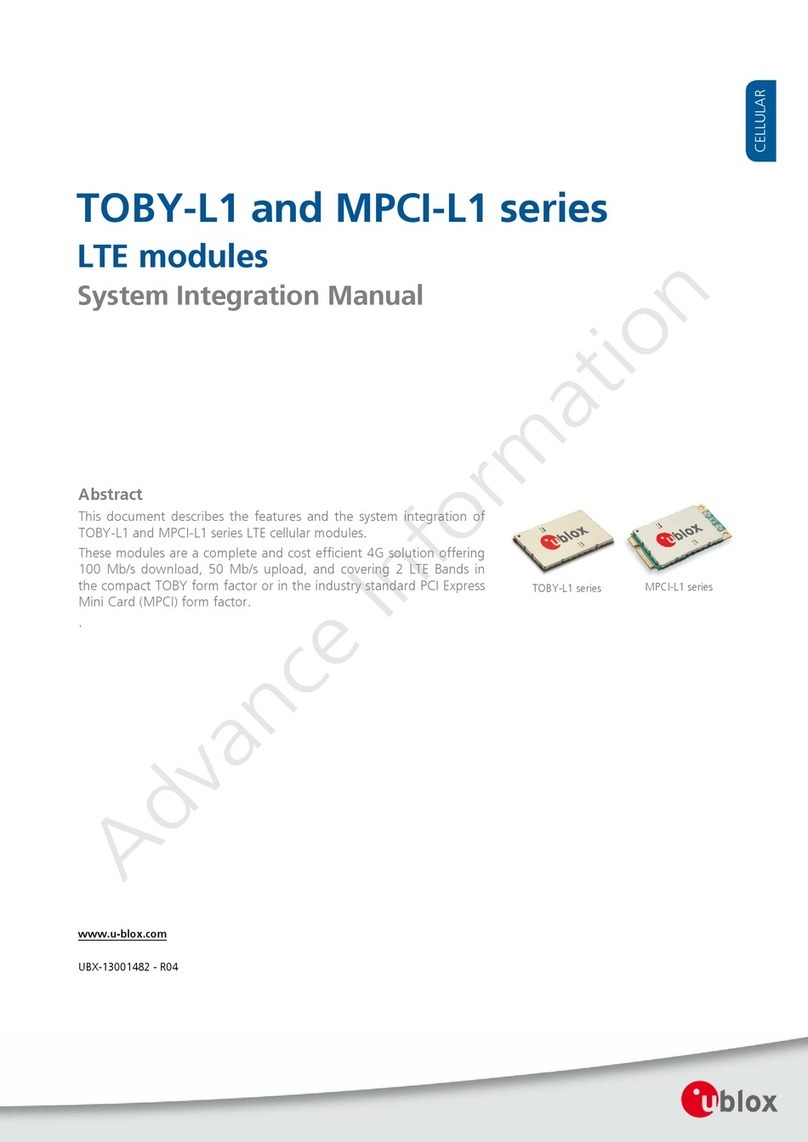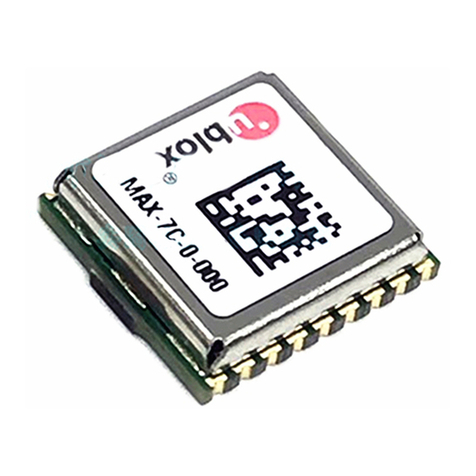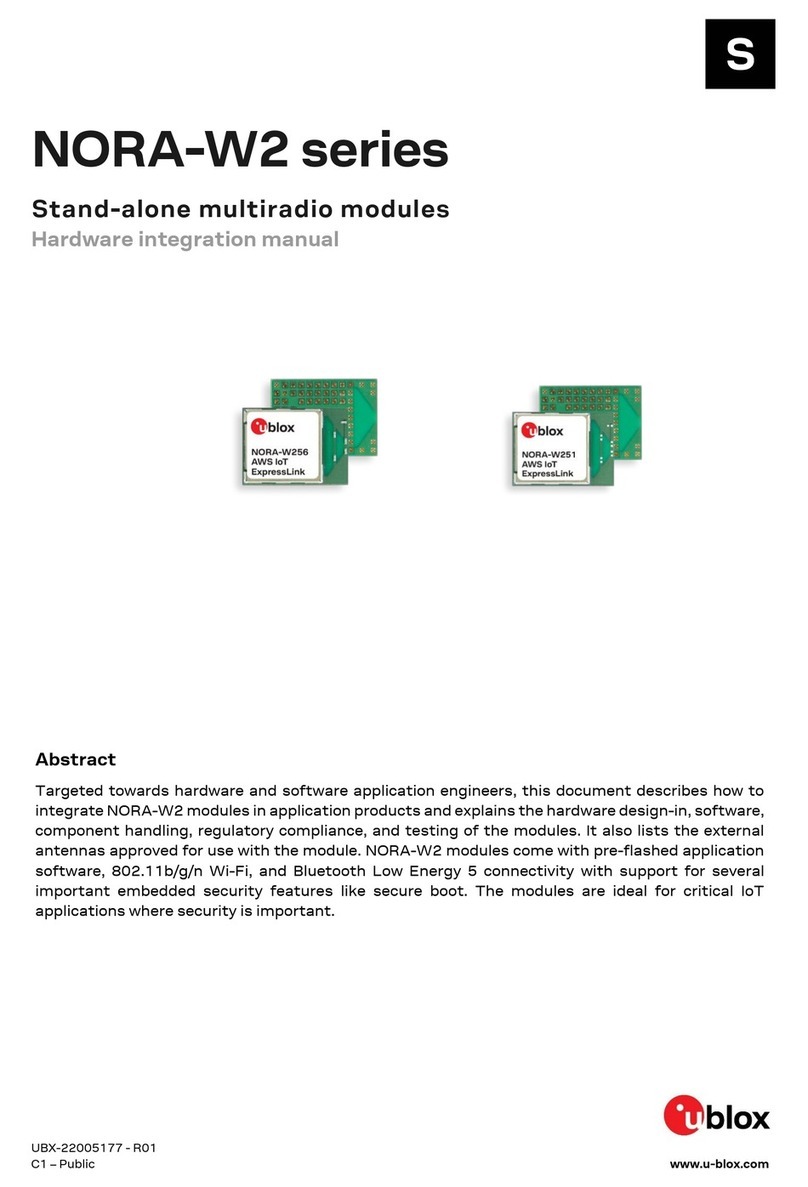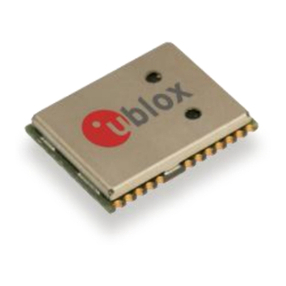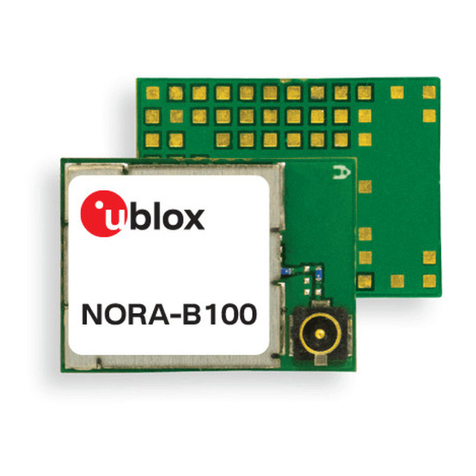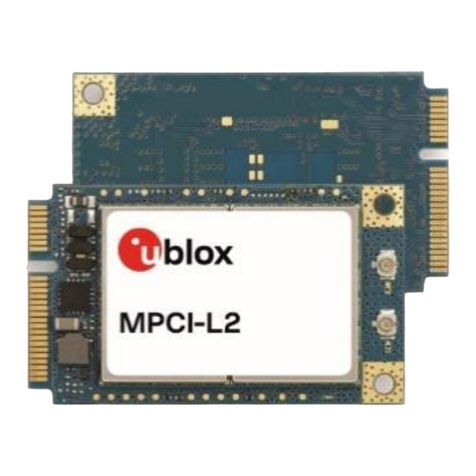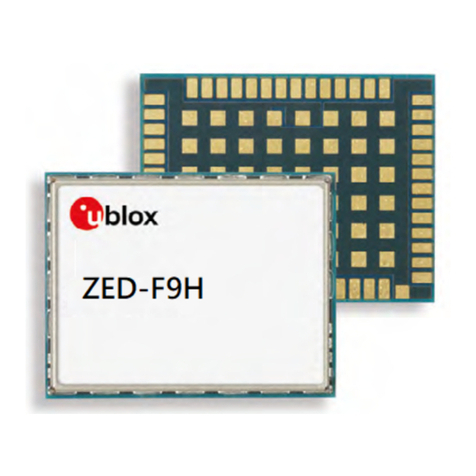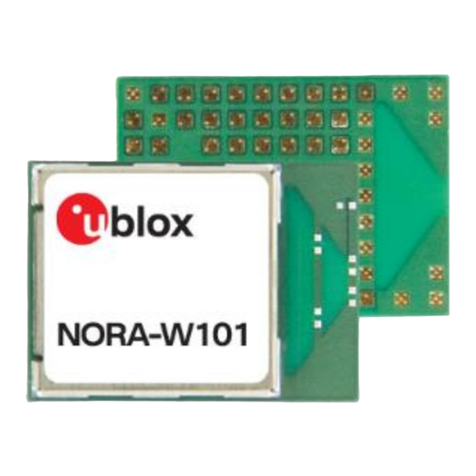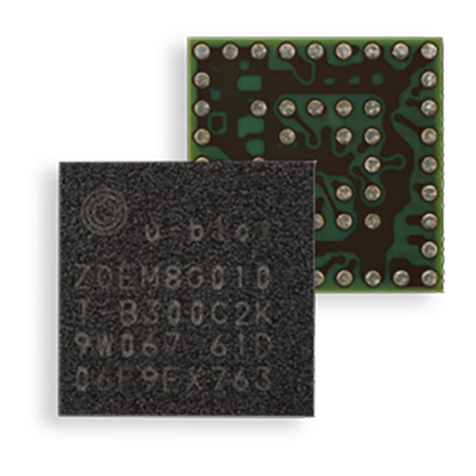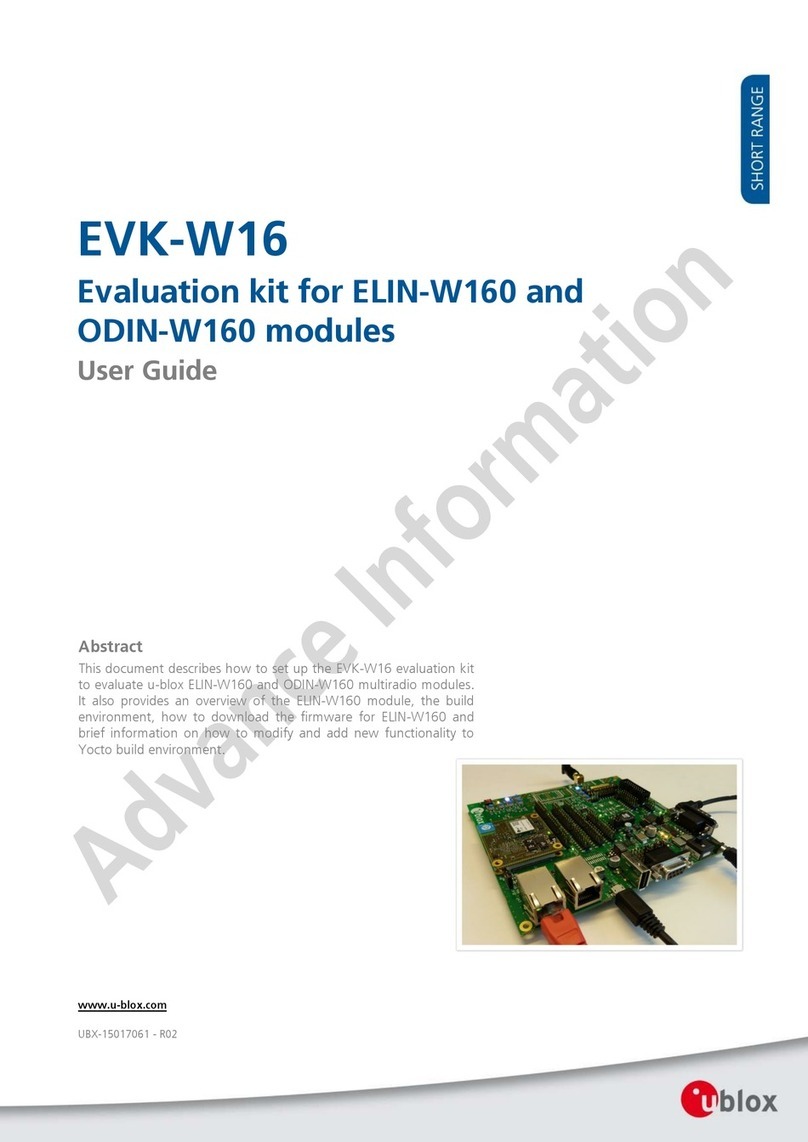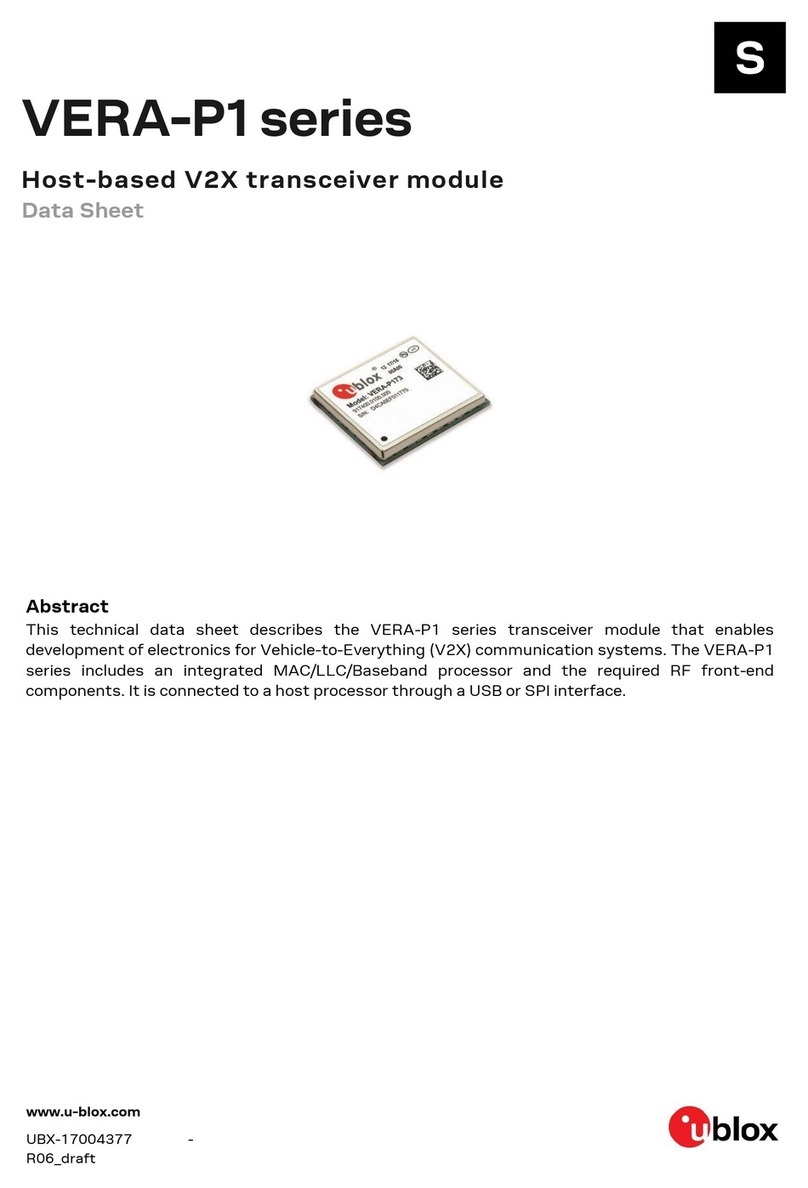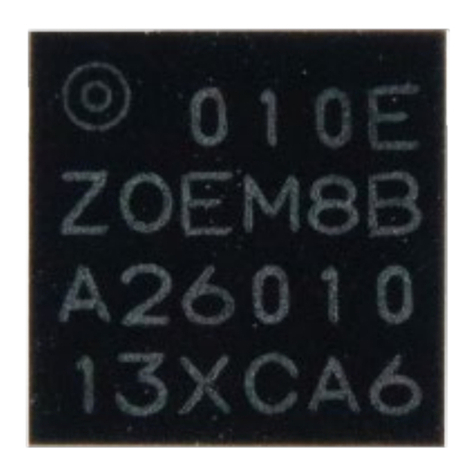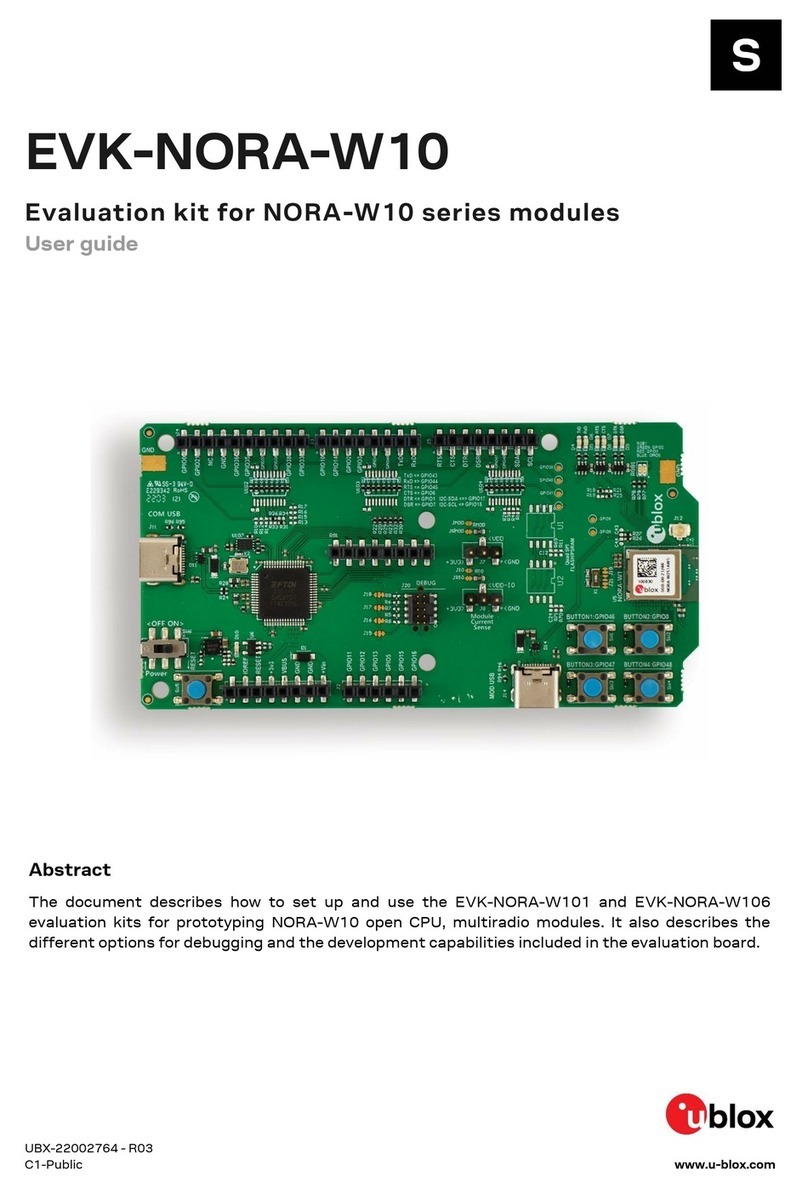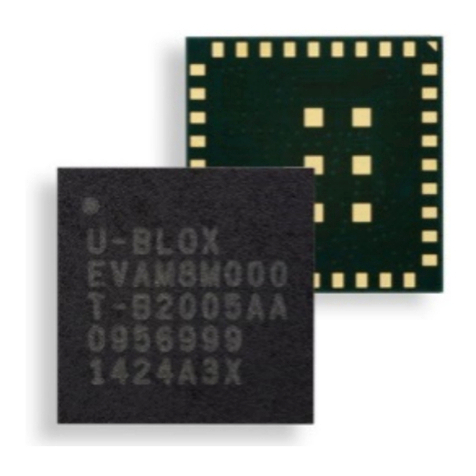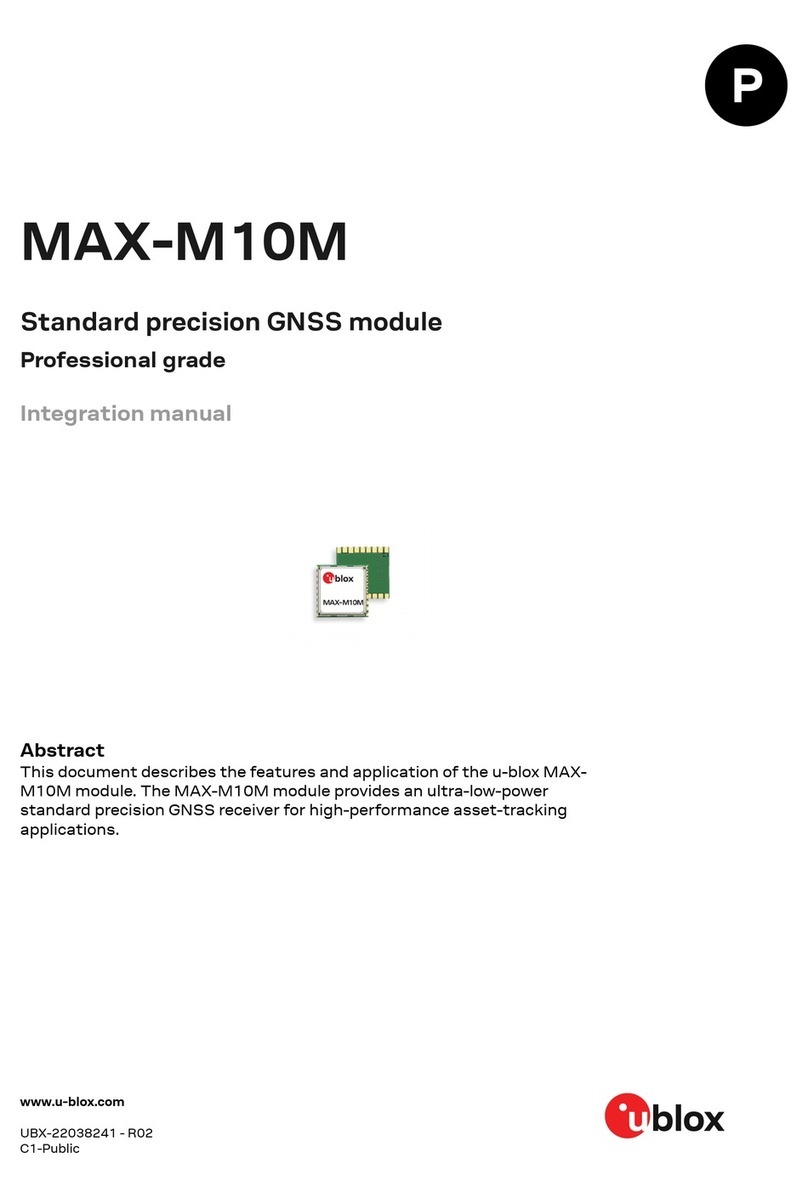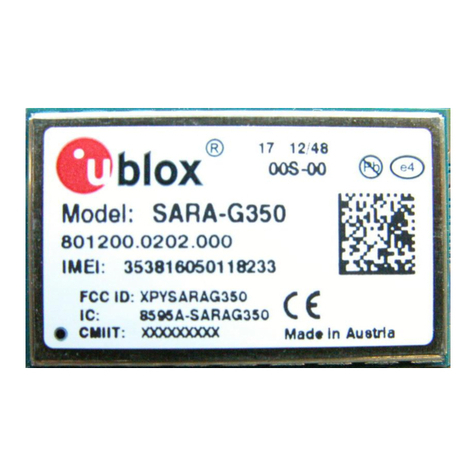ANNA-B4 series - System integration manual
UBX-21000517 - R03 Contents Page 4 of 74
C1-Public
3.2 Antenna integration guidelines..............................................................................................................22
3.3 Antenna connected through the RF pin...............................................................................................23
RF transmission line design ...........................................................................................................24
RF connector design ........................................................................................................................25
3.4 Supply interfaces ......................................................................................................................................26
VCC application circuits ..................................................................................................................26
3.5GND pins .....................................................................................................................................................27
3.6 General layout guidelines ........................................................................................................................27
Considerations for schematic design and PCB floor-planning ...............................................27
Layout and manufacturing.............................................................................................................27
ESD guidelines...................................................................................................................................28
3.7 Design-in checklists .................................................................................................................................29
Schematic checklist.........................................................................................................................29
Layout checklist................................................................................................................................29
4Open CPU software............................................................................................................................ 30
4.1 Zephyr .........................................................................................................................................................30
Getting started with Zephyr on the ANNA-B4 module.............................................................30
Board configuration in Zephyr .......................................................................................................30
Building for ANNA-B402 EVK on the Zephyr command-line...................................................30
4.2 Nordic nRF5 SDK ......................................................................................................................................30
Getting started with the Nordic nRF5 SDK.................................................................................31
Create a custom board support file for Nordic nRF5 SDK .......................................................31
Adding a board configuration to your project .............................................................................33
4.3 Definition of Low Frequency clock source ...........................................................................................34
4.4 Bluetooth device (MAC) address and other production data ..........................................................34
4.5 Flashing open CPU software ..................................................................................................................35
Flashing over the SWD interface...................................................................................................35
Flashing over the UART interface .................................................................................................35
5u-connectXpress software .............................................................................................................. 38
5.1 Flashing ANNA-B412 u-connectXpress software .............................................................................38
Updating over UART.........................................................................................................................38
5.2 Low frequency clock and autosense .....................................................................................................45
6Handling and soldering ..................................................................................................................... 47
6.1 ESD handling precautions.......................................................................................................................47
6.2 Packaging, shipping, storage, and moisture preconditioning .........................................................47
6.3 Soldering .....................................................................................................................................................47
Reflow soldering process ................................................................................................................48
Cleaning ..............................................................................................................................................49
Potting and conformal coating ......................................................................................................49
Other remarks ...................................................................................................................................49
7Qualifications and approvals .......................................................................................................... 50
7.1Country approvals.....................................................................................................................................50

